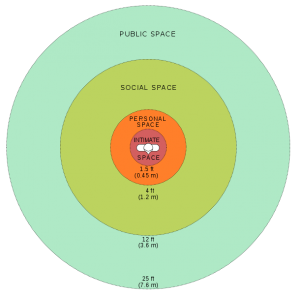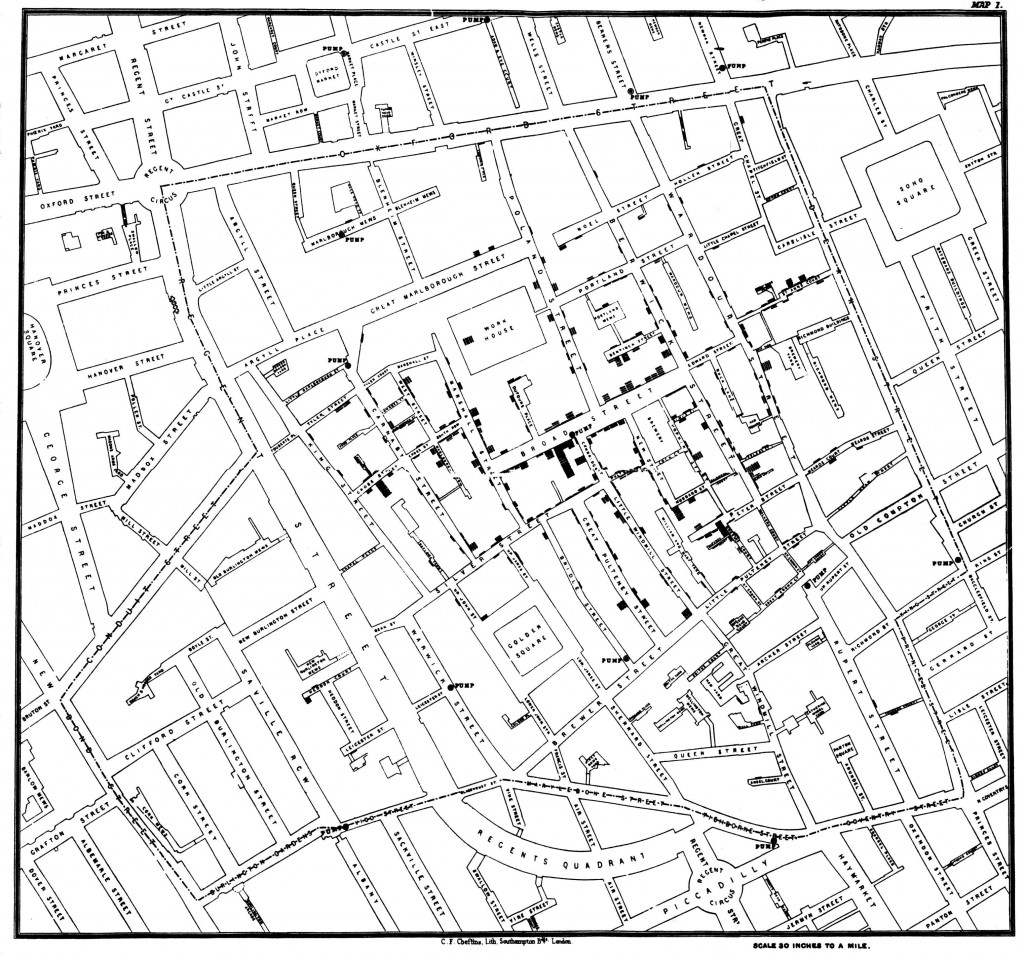Nature 2.0: Social Media, Online Activism and the cyberpolitics of Global Biodiversity Conservation
Paper Session and CfP for the annual AAG meetings, 9-13 April 2013, Los Angeles, USA
Organized by: Bram Büscher (ISS, Erasmus University, the Netherlands) and
Ingrid L. Nelson (ISS, Erasmus University, the Netherlands)
With much global biodiversity, ecosystems and natural landscapes in persistent rapid decline, conservation actors and concerned individuals and organisations are looking for novel ways to pursue conservation objectives. A major new frontier is the so-called ‘web 2.0’ and related social media. Web 2.0 applications like Wikipedia and YouTube and social media such as Facebook and Twitter allow people to create, rate and change online content and share these within cyberspace. These developments enable internet-users to now ‘co-create’ and co-produce the online activities, services, spaces and information they produce or consume, at least within the limits of possible action. Conservation actors are rapidly deploying new web 2.0 and social media techniques and facilities, allowing those who are concerned about global biodiversity and ecosystem decline to (seemingly) more directly engage with conservation activities in other parts of the world. The term ‘Nature 2.0’ aims to capture these dynamics and the natures to which they lead.
This paper session aims to inspire curiosity and encourage exchange among scholars from a wide range of perspectives regarding the concept (and practices) of Nature 2.0 and the way it changes the global political economy of conservation in our neoliberal times. We invite papers that critically interrogate how social media, web 2.0 applications and new forms of online activism change the politics and material/cultural forms and practices of global conservation and how they affect people and biodiversity in different spatial and temporal contexts. Of special interest are papers that connect spaces of online conservation consumption (through activism, images, videos, fundraising, etc) with offline spaces of conservation production (protected areas, biodiversity hotspots, wildlife corridors, etc) in/from different parts of the globe.
In sum, the paper session aims to address the following core questions:
– How can we conceptualize Nature 2.0 as a new space of enacting/practicing/experiencing global conservation and what new (or familiar) political conservation geographies follow from this?
– Does the concept of Nature 2.0 reflect an emerging political economy of global conservation and what roles do variously positioned conservation ‘producers’ and ‘consumers’ play in this?
– In what ways do web 2.0 technologies constrain and/or broaden the field of possible practices and discourses of conservation?
– What are the epistemological and methodological challenges of conducting Nature 2.0 research?
– How can we identify the relevant negative and productive aspects of power at work in the spaces/bodies/publics of and in relation to Nature 2.0?
– How have social media and web 2.0 changed online conservation activism and the cyberpolitics of global biodiversity conservation?
– What are some of the dominant Nature 2.0 on-line practices and how do they influence the work and activities of conservation producers and consumers?
–
How do online and offline conservation spaces affect and involve each other, and how does that influence global, natio
nal and local politics of conservation?
– In which ways is Nature 2.0 characterized and influenced by broader changes in neoliberal capitalism, and which aspects of nature 2.0 are not sufficiently explained by these dynamics?
– How can race, gender, sexuality, class, emotion, and other concepts inform our understanding of Nature 2.0?
We request paper abstracts by Oct. 15
th. Please send a 250 word abstract, with title, contact information, and three keywords as an attachment to
buscher@iss.nl and
nelson@iss.nl.
———————————
Dr. Bram Büscher
Associate Professor of Environment and Sustainable Development
International Institute of Social Studies – Erasmus University
Kortenaerkade 12, 2518 AX The Hague, The Netherlands


